What is eating my lemon balm? (some kind of caterpillar)
rivera30067
14 years ago
Featured Answer
Sort by:Oldest
Comments (9)
maifleur01
14 years agoksrogers
14 years agoRelated Discussions
Advice on growing sweet cicely, lemon balm, lemon grass, lemon
Comments (9)I can tell you about the ones I've grown, though my climate is much different from yours. When you think about what to plant with rosemary, look for other woody, drought tolerant Mediterranean herbs. Lemon grass, being an Asian herb, needs much more water. I've planted mine (started from grocery store stalks) in between the artichokes, and here and there in places with varying degrees of available moisture. The ones growing best are in gallon hydroponics pots inside a trough that gets afternoon shade and an inch or two of bottom water a day. Lemon Balm very does well in shallower containers and full sun. This is another plant that I grew to the point of being rootbound, before dividing, and ended up with 4 or 5 plants from one start. It is drought tolerant, but like all herbs, it likes drainage, and grows better with regular water and haircuts. Lemon Verbena wants warm, warm, warm weather. I don't know how it overwinters in your zone, but probably not at all well. I keep watering my last year's (maybe dead) LV that i left in an unprotected outdoor container because we are still having cool nights and the plant SEEMS to be well rooted. At least it doesn't come up when I give it a hard yank, but it's not showing any life at all. This plant is so temperature sensitive that it will drop all its leaves at any sudden change, but will come back once the temperatures stabilize. If you have that problem, don't worry. if your plants are looking differently sick, then worry. If the root ball seems overly moist, try repotting to a dryer mix. If you want to keep the plant around next fall, do what I should have done and clip it down 2/3, bring it inside and let it redevelop as an indoor plant. Or take some growing tips and root them in smaller pots. But, alas, I haven't met Sweet Cicely yet. jan...See Moreblack caterpillar eating my lemon balm at night
Comments (1)Might be a climbing cutworm. I've had a problem with them this season. I took some out with Bt, but I've been hand-picking them in the evening too....See MoreEating my lemon balm!
Comments (8)Best plan is to cut it back, but be prepared for the next generation. Use a small cultivator in the soil around your plants to unearth hiding caterpillars and pupae. That's where these guys over winter and simply hang out during the day. You might also think about obtaining some Thuricide or other biological control for caterpillars. Thuricide is a strain of bacterium, Bacillus thuringiensis var. Kurstaki, affects only caterpillars and only if they are feeding on the plant you've sprayed. It's acceptable for organic gardeners and can be used up to harvest....See MoreTiny green caterpillars eating my tea roses - TELL ME HOW TO KILL
Comments (32)That’s interesting .. I already have some spinosad but didn’t realise, it is marketed here as a fruit fly control, see the blurb below. Nature’s Way Fruit Fly Control has been included in this range because it’s based on spinosad, the naturally-derived insecticide found in Yates Success. Yates Nature’s Way Fruit Fly Control works by tricking the insect into absorbing the spinosad that’s been combined with an irresistible bait. After she emerges from her pupal case in the soil, the female fly looks to feed on a source of protein before she lays her eggs. When she eats the protein and sugar bait in Nature’s Way Fruit Fly Control, she also ingests a dose of the insecticide, which means she never makes it to the egg-laying stage. Fruit fly baits are nothing new but many have used a hormone that only attracts male flies (they’re the ones that don’t lay the eggs!) or have been based on a nasty chemical. Now Yates Nature’s Way Fruit Fly Control has a low toxic formulation that really works. also found this because spinosad is highly effective against diamondback moth, but because it also controls several other important lepidopteran pests such as heliothis (Helicoverpa spp.), cabbage white butterfly (Pieris rapae), cabbage centre grub (Hellula hydralis) and cabbage cluster caterpillar (Crocidolomia pavonana) at rates which provide growers with excellent value for money. Spinosad is highly active against loopers (Chrysodeixis spp.) and affords some control of cluster caterpillar (Spodoptera litura) and onion thrips (Thrips tabaci). So so if my rose slugs ever start on my buds I’ll use this. Might even do it on the climbing nahema as I can only squish so high! And they do shred the leaves to pieces ......See Morerhizo_1 (North AL) zone 7
14 years agorivera30067
14 years agoHU-380165390
3 years agogardengal48 (PNW Z8/9)
3 years agoHU-380165390
3 years agoMars SC Zone 8b Mars
3 years ago
Related Stories

KITCHEN DESIGNKitchen Recipes: Secret Ingredients of 5 One-of-a-Kind Cooking Spaces
Learn what went into these cooks’ kitchens — and what comes out of them
Full Story
LANDSCAPE DESIGNWhat Kind of Gardener Are You? Find Your Archetype
Pick from our descriptions to create a garden that matches your personality and tells your story
Full Story
It's Cold. We're Cranky. Buy Some Flowers!
15 Colorful Reminders That Spring Will Come Again
Full Story
HEALTHY HOME12 Ways to Set Up Your Kitchen for Healthy Eating
Making smart food choices is easier when your kitchen is part of your support team
Full Story
GARDENING GUIDESHow to Keep Your Citrus Trees Well Fed and Healthy
Ripe for some citrus fertilizer know-how? This mini guide will help your lemon, orange and grapefruit trees flourish
Full Story
EDIBLE GARDENSHow to Cultivate a Young Gardener
Want your kids to eat their vegetables? Let them have an edible garden of their own. Here are some tips on gardening with children
Full Story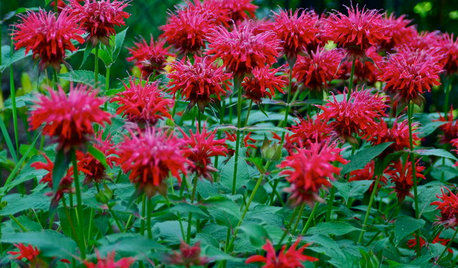
GARDENING GUIDES10 Deer-Resistant Native Flowers to Plant This Fall
Learn about natives that embrace some kinds of wildlife but resist grazing deer
Full Story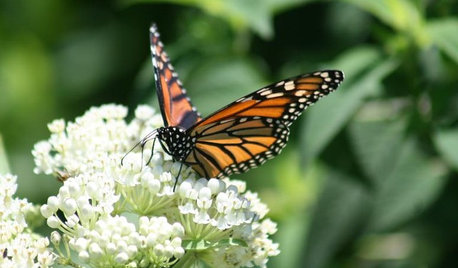
GARDENING FOR BUTTERFLIESBe a Butterfly Savior — Garden for the Monarchs
Keep hope, beauty and kindness alive in the landscape by providing a refuge for these threatened enchanters
Full Story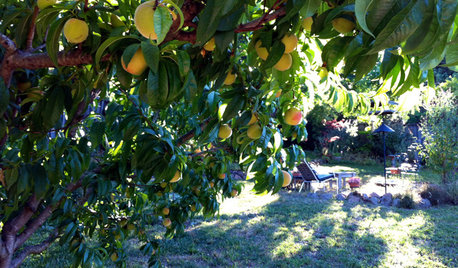
EDIBLE GARDENSHow to Grow Your Own Peaches and Nectarines
Make gardening a little sweeter with these juicy fruits, which you can eat after plucking or preserve for later
Full Story
MOST POPULAR7 Ways to Design Your Kitchen to Help You Lose Weight
In his new book, Slim by Design, eating-behavior expert Brian Wansink shows us how to get our kitchens working better
Full Story



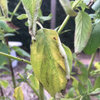
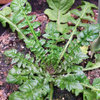
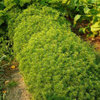
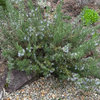
Kim Mora